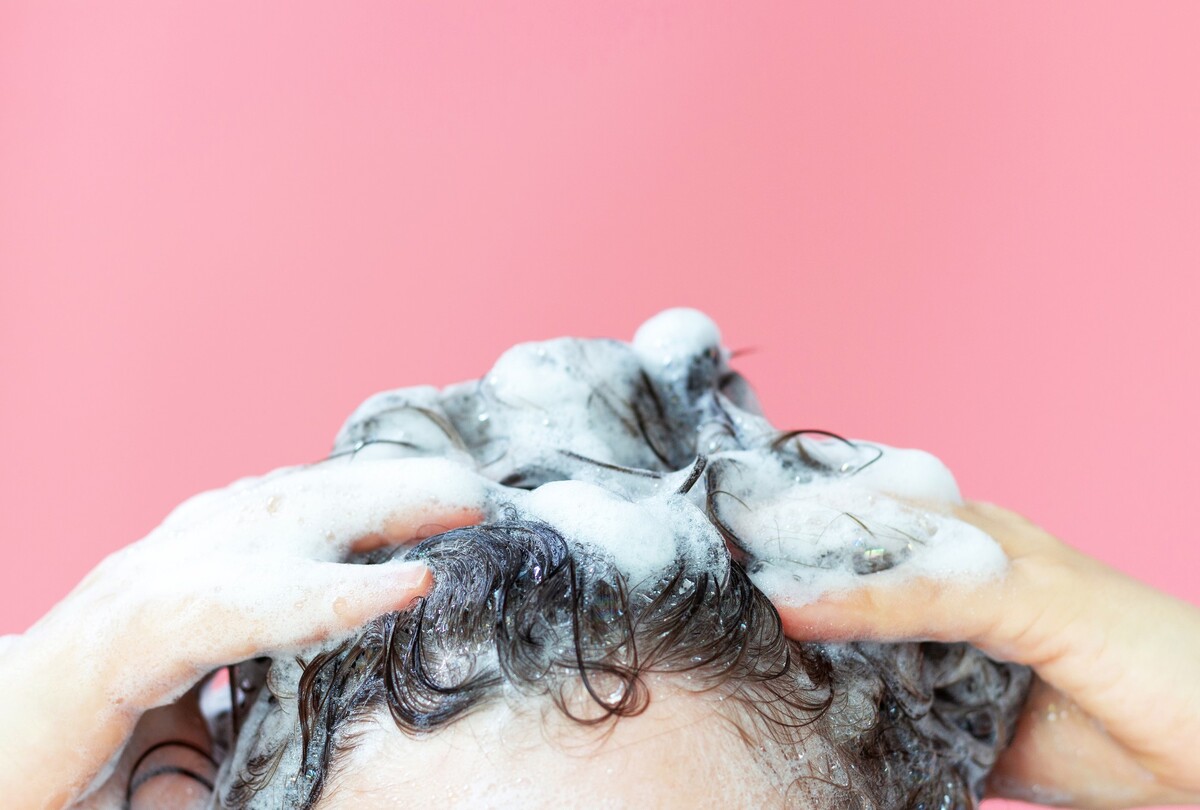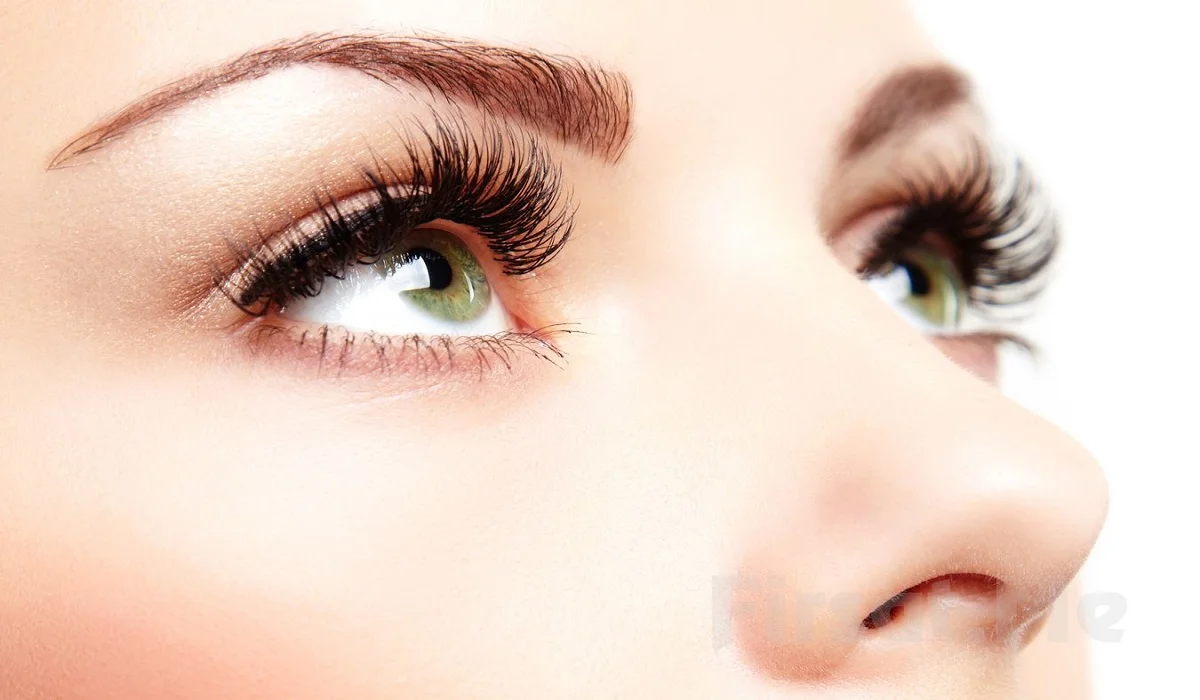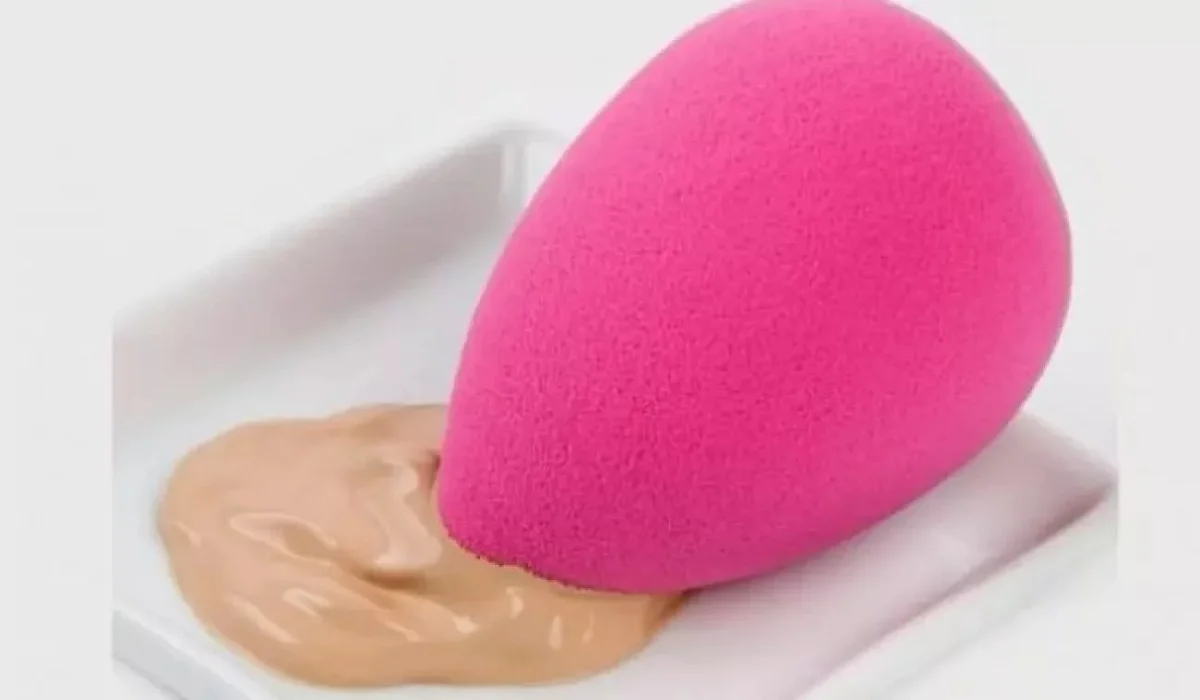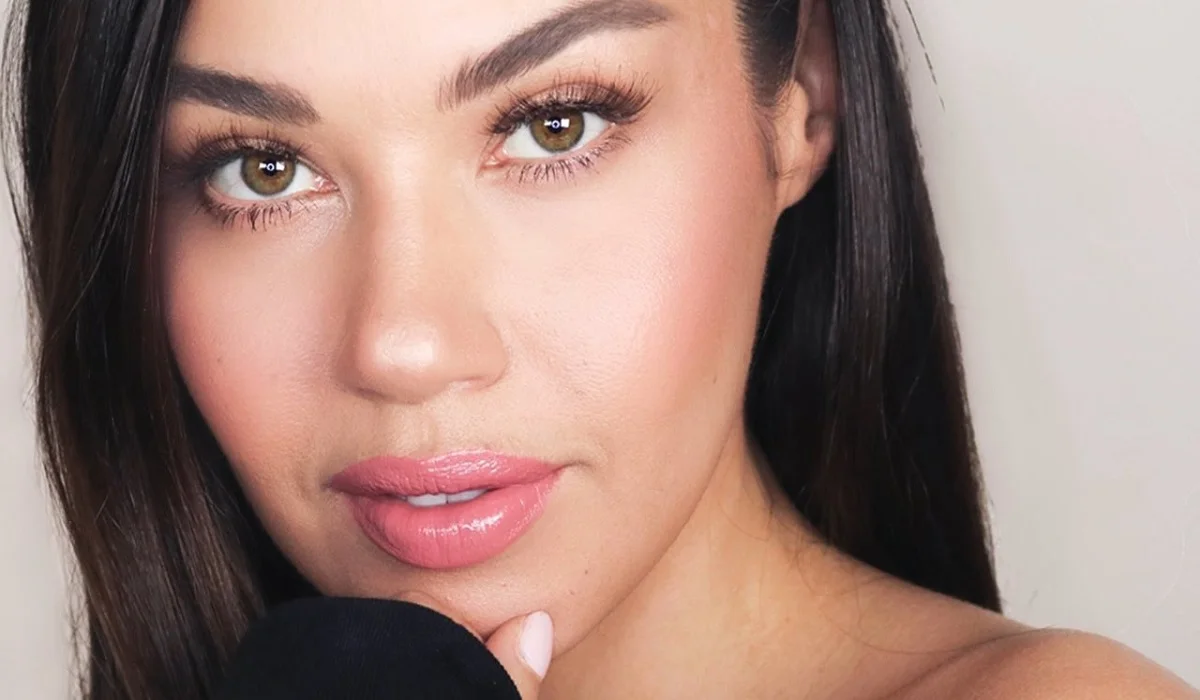In the quest for personal freshness and confidence, deodorants play a pivotal role. They are not just about combating body odor; they are also an essential aspect of daily hygiene and self-care. This guide takes you through the intricacies of deodorants, from their working mechanism to the variety of options available, focusing on how to select and use them effectively while addressing health and environmental concerns.
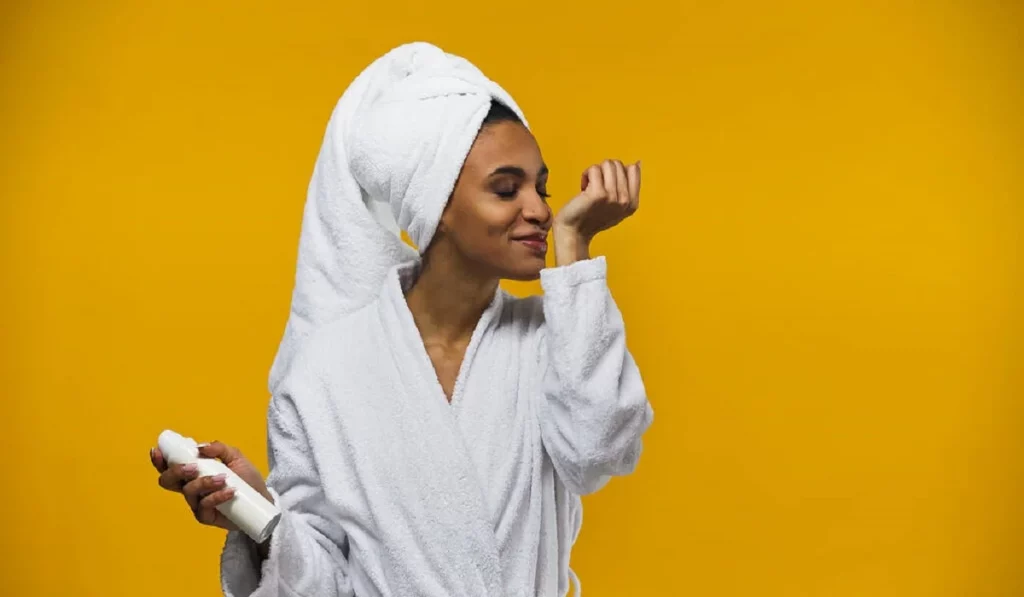
Introduction to Deodorants
Elevating Personal Hygiene and Confidence
Deodorants are a fundamental component of personal care, crucial for managing body odor and enhancing self-confidence. They work by targeting and neutralizing odor-causing bacteria, ensuring that you remain fresh throughout the day. This section delves into their significance in daily routines, underscoring the importance of choosing a product that aligns with your personal hygiene and wellness goals.
The Mechanism Behind Deodorants
Neutralizing Odors at Their Source
Understanding how deodorants work is key to appreciating their role in personal hygiene. Unlike antiperspirants, which reduce sweat by blocking pores with aluminum-based compounds, deodorants focus on eliminating odor. They contain ingredients that kill bacteria or inhibit bacterial growth, preventing the smell before it starts. This distinction is crucial for making an informed choice between deodorants and antiperspirants based on your body’s needs and health considerations.
Exploring the Types of Deodorants
A Spectrum of Choices for Every Need
The deodorant market is diverse, offering products in various forms like sprays, sticks, roll-ons, and creams. Each type caters to different preferences and application styles, from the convenience of sprays to the moisture of creams. Understanding the pros and cons of each form can help you select a product that best fits your lifestyle, whether you prioritize ease of use, application control, or skin sensitivity.
Key Ingredients in Deodorants
The Backbone of Effective Odor Control
Deodorants contain a range of ingredients that serve various purposes, from odor neutralization to skin care. Key components include baking soda, ethanol, and essential oils, which work together to keep you smelling fresh. However, it’s equally important to be aware of ingredients that may pose health risks, such as parabens and phthalates. This section provides a comprehensive look at what to look for and what to avoid, empowering you to make choices that benefit your health and well-being.
Choosing the Right Deodorant
Personalizing Your Deodorant Selection
Selecting the right deodorant is a personal decision influenced by factors such as skin sensitivity, scent preferences, and ethical considerations like animal testing and environmental impact. This part of the guide offers detailed advice on tailoring your choice to match your individual needs, ensuring that your deodorant not only effectively combats odor but also aligns with your values and lifestyle.

Application Tips for Optimal Results
Enhancing Efficacy Through Proper Use
Maximizing the benefits of your deodorant involves more than just selecting the right product; it also requires correct application. Tips include applying to clean, dry skin, focusing on problem areas, and allowing the deodorant to dry completely before dressing. These best practices ensure that the deodorant works as intended, providing lasting protection against body odor.
Addressing Health Concerns
Navigating Myths and Facts
The health implications of deodorant ingredients, especially aluminum in antiperspirants, have been the subject of much debate. This section aims to demystify common concerns by presenting up-to-date research, helping you make informed decisions based on facts rather than fear. Whether considering the potential link between aluminum and health issues or the impact of synthetic fragrances on skin sensitivity, this guide provides the clarity needed to choose your deodorant wisely.
Natural and Aluminum-Free Options
Discovering Health-Conscious Alternatives
For those seeking alternatives to traditional deodorants, the market offers a variety of natural and aluminum-free options. These products use ingredients like charcoal, magnesium, and essential oils to combat odor without relying on synthetic chemicals. Exploring these alternatives can be a healthier choice for both your body and the environment, offering effective odor control with a focus on natural wellness.
Environmental Considerations
Making Eco-Friendly Choices
The environmental impact of deodorants extends from their ingredients to their packaging. Opting for products with recyclable packaging, minimal plastic use, and ethically sourced ingredients can significantly reduce your ecological footprint. This section highlights the importance of environmentally conscious choices in deodorants, encouraging a shift towards sustainability in personal care.
Making Informed Choices for Freshness and Well-Being
Navigating the world of deodorants with an informed perspective allows you to choose products that not only keep you fresh but also support your health and environmental values. By understanding the types, ingredients, and best practices for deodorant use, you can make choices that enhance your personal hygiene routine while aligning with your lifestyle and well-being goals.
Remember, the right deodorant is out there for everyone. With this guide, you’re equipped to find yours, ensuring confidence and freshness every day.

